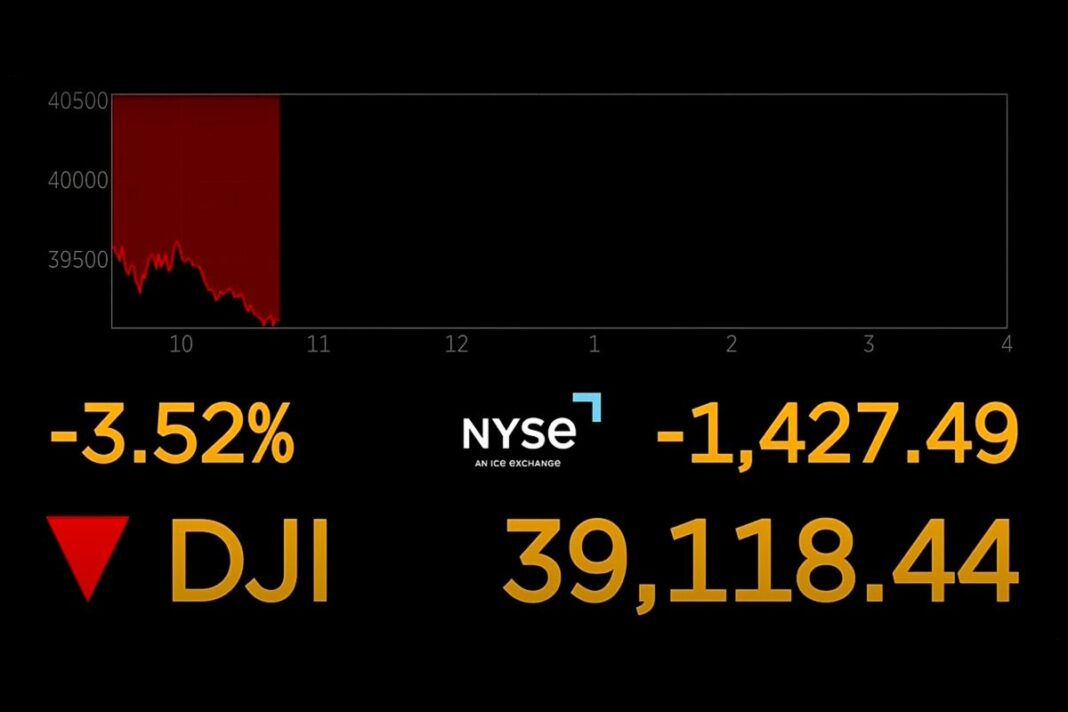NEW YORK—The huge swings rocking Wall Street and the global economy may feel far from normal. But, for investing at least, drops of this size have happened throughout history.
Stomaching them is the price investors have had to pay in order to get the bigger returns that stocks can offer over other investments in the long term. Here’s a glimpse at what’s behind the market’s wild moves and what experts advise investors young and old to consider:
How Bad Is the Market?
Wall Street’s main benchmark, the S&P 500, has lost more than 16 percent since setting an all-time high on Feb. 19, mostly because of worries about President Donald Trump’s tariffs.
Any kind of uncertainty around the economy will give Wall Street pause, but the trade war is making it more difficult for companies, households and others to feel confident enough to invest, spend and make long-term plans.
The tariffs announced on “Liberation Day” sent stocks reeling to their worst day since the COVID crash of 2020 because they were much harsher than investors had been expecting. They also raised the fear that Trump may push through with them to win long-term gains, such as more manufacturing jobs in the United States.
The hope among investors had been that Trump was using tariffs merely as a bargaining chip to win concessions from other countries. Some big names on Wall Street still think that’s the case, and a moderation of tariffs would help stocks recover, but it’s less of a certainty now.
Stocks Do This Often?
Regularly enough. The S&P 500 has seen declines of at least 10 percent every year or so. Often, experts view them as a culling of optimism that can otherwise run overboard, driving stock prices too high.
Before this recent downswing, many critics were saying the U.S. stock market was too expensive after prices rose faster than corporate profits. They also pointed to how only a handful of companies drove so much of the market’s returns. A group of just seven Big Tech companies accounted for more than half of the S&P 500’s total return last year, according to S&P Dow Jones Indices.









